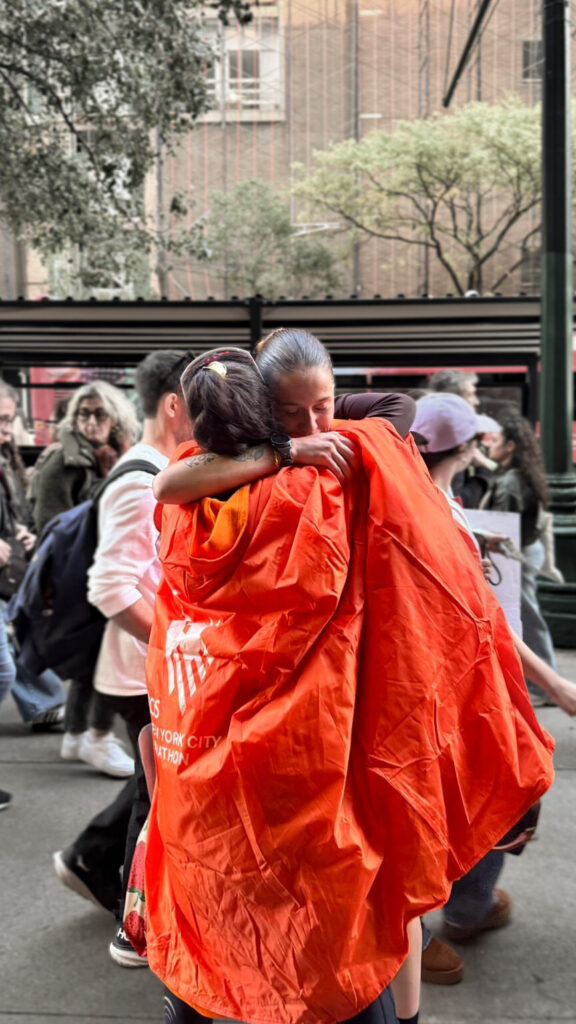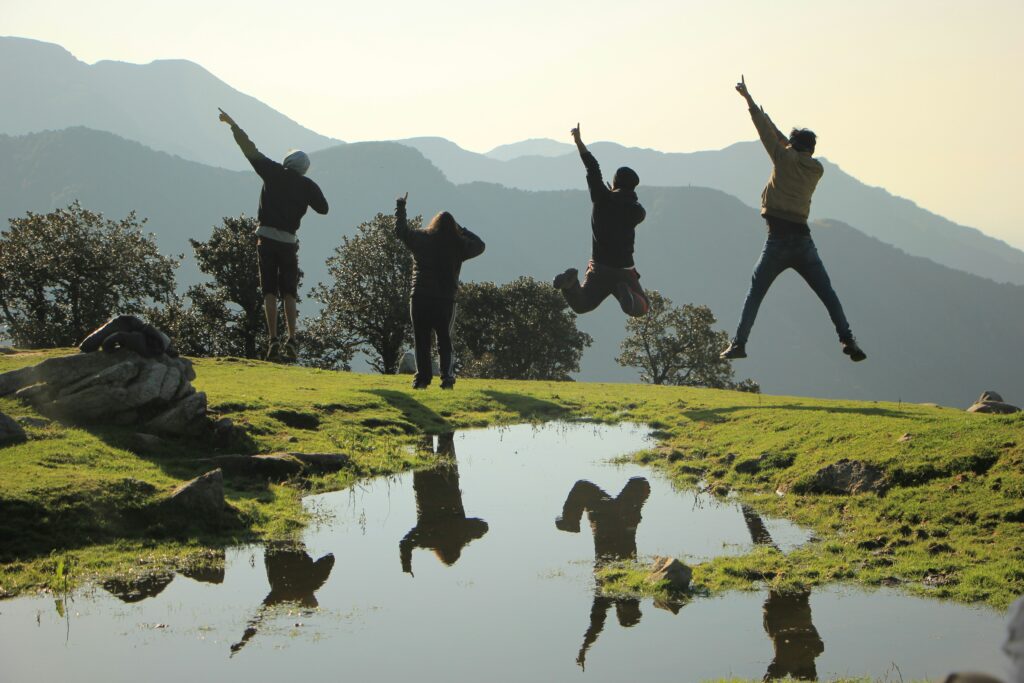At the turn on the 19th century, the United States had yet to expand its borders to cover the land that stretched westward to the Pacific Ocean. Then in 1803, President Thomas Jefferson made the Louisiana Purchase, buying 800,000 acres of land from the French at a cost of around $15 million. As a result, the United States more than doubled in size. In the century to follow, many Americans would journey westward to settle in new areas. At the heart of this westward expansion was the Oregon Trail, a 2,000 mile footpath and wagon road that spanned from Independence, Missouri to Oregon City, Oregon. Throughout the 1800s, the Oregon Trail was a crucial gateway to the United States’ western territories.
The Lewis and Clark Expedition
The two men most frequently associated with the Oregon Trail are Meriwether Lewis and William Clark. In 1803, President Jefferson secretly asked Congress to fund an expedition to explore the uncharted western part of the continent. Lewis, Jefferson’s secretary, was selected to lead this group and invited Clark, his longtime friend, to be co-captain. Jefferson wanted the expedition to explore the northwest, chart the plant and animal life, and find passage to the Pacific Ocean, and he named the group the “Corps of Discovery.” At that time, there were great misconceptions about what the West held, and some believed wooly mammoths, volcanoes and mountains of salt would be found.
They set out in the summer of 1803, though the majority of the trek would take place from 1804-1806. The 31 members of the “Permanent Party” that comprised the Corps during this two-year period accompanied the pair, as well as other companions who traveled with them for parts of the journey. Two of these individuals were French-Canadian fur trader Toussaint Charbonneau and his Shoshone wife Sacagawea who served as a translator and guide in the Corps’ encounters with Native American communities. The party reached the Pacific Ocean in November 1805, and began the return journey in the spring of 1806, finally reaching St. Louis on September 23rd. While Lewis and Clark’s group were the first people considered to have traversed the Oregon Trail, much of their journey was over rugged terrain and water, and thus was not a feasible route for future travelers. Robert Stewart of the Astor Expedition in 1811-1812 was the first white man to use what would become the Oregon Trail.
Westbound Settlers and the Great Migration
In the years following Lewis and Clark’s expedition very few people migrated west via the Oregon Trail, while mainly fur traders and explorers traveled west. Then, in 1936 a missionary party led by Marcus and Narcissa Whitman used the first wagons along the Trail. Narcissa and another female member of the party, Eliza Hart Spalding, became the first European-American women to cross the Rocky Mountains. This group inspired other travelers to journey west by wagon.
In 1843, a wagon train of approximately 1,000 people set off from Independence, Missouri to travel to Oregon via the trail. This was dubbed the “Great Migration” and it started a migration that over the next 25 years would see more than half a million people moving out west. Many traveled west in order to find farmland in Oregon, while others hoped to discover gold and would turn south towards California using the connected California Trail. Despite the thousands who did make the trip successfully, the 2,000-mile trek was both difficult and dangerous.
The first leg of the journey west was typically an easy one. Travelers would set out from St. Louis on the Missouri River, but that would only take them so far. At one of the small towns along the river know as “jumping off” points (Independence, MO was most common) settlers would have to abandon their boats and begin the trip by land. These emigrants used small farm wagons to transport their belongings and supplies, and the average four person family need to carry over a thousand pounds of food in order to survive the trail. The best time to begin this leg of the trek was in April or May, that way the weather was mild when crossing the Rocky Mountains. Most people completed the trail in four months.
Settlers faced many challenges and hardships on the way west. Since the wagons were mainly used for storage, most individuals had to walk the entire 2,000-mile trip. Roughly 1 in every 10 emigrants died on the trail. Wagon accidents were common and sometimes fatal, and the weather was unpredictable. It is estimated that a half-dozen emigrants were killed by lightning strikes. However, the most common cause of death on the trail was cholera. The cholera outbreak along the trail peaked in 1850 and was part of a world wide epidemic. Those struck with the disease often died within 24 hours of first experiencing symptoms and there was no cure.
Unlike travelers worried, Native Americans were not threats to the emigrants going west. More often than not, Native Americans aided settlers by helping when wagons were stuck or to round up lost cattle. The emigrants would trade with the different tribes they met along the way, which provided a means to obtain food and other vital provisions. While there were some smaller skirmishes, generally it was the Native Americans who suffered from this migration. The emigrants burned all available firewood, killed almost all the buffalo, and overgrazed the prairies, all of which greatly damaged the Native communities’ livelihood and caused starvation. There were also instances of travelers massacring Native Americans. One instance of this was the Bear River Massacre of 1863 when Colonel Patrick Conner and his men killed 400 Shoshone men, women and children in order to punish these tribes for an incident at Massacre Rocks where 9 emigrants were killed by Snake River tribes.
The peak years of this westward migration and of the Oregon Trail ended in 1869 with the completion of the transcontinental railroad. Train travel made the trip west cheaper, faster and safer, so wagon travel was no longer necessary.
The Oregon Trail Today
The Oregon Trail has had a significant role in building the United States as it is today. Without the Oregon Trail and the emigrants who traversed it, the western coast part of the country would not have been populated. The journey has inspired an educational video game called “The Oregon Trail” which is used in schools to teach children about this part of American history.
The Oregon Trail still exists today as a National Historic Trail protected by the National Park Service. Wagon ruts and traces can still be seen along the 2,000-mile trek that travels through 6 states. However, many parts of the original trail are now managed by private organizations or cross through private property so it is not possible to hike it in its entirety. There are private institutions that are now devoted to preserving parts of the trail and the historic sites along the way. For more information on the Oregon Trail today, please visit: http://www.nps.gov/oreg/index.htm



